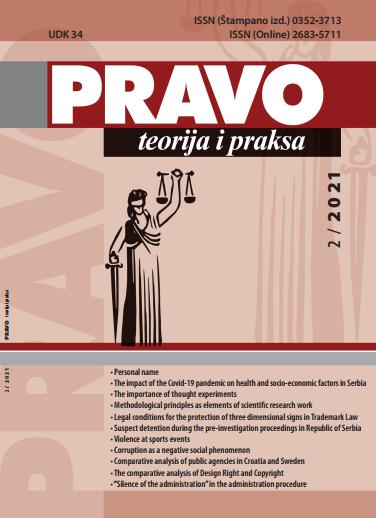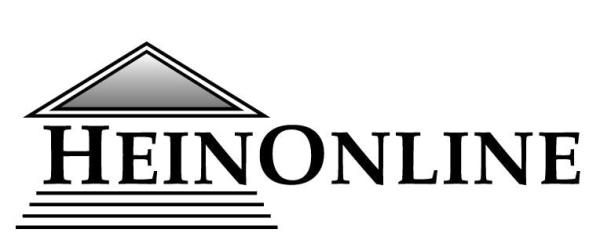LEGAL CONDITIONS FOR THE PROTECTION OF THREE DIMENSIONAL SIGNS IN TRADEMARK LAW
DOI:
https://doi.org/10.5937/ptp2102054PKeywords:
three-dimensional sign, unconventional sign, trademark law, intellectual property lawAbstract
The need to define three-dimensional trademarks and determine the conditions for their registration has arisen as a consequence of increasingly rapid technological development. The changes in the market and the changes in behaviour of economic entities have resulted in the use of signs for marking goods that differ significantly from the traditional trademarks. The concept of protection of a three-dimensional shape is relatively new and it is necessary to clearly define the conditions for its protection as a trademark. What causes a problem is the fact that the mark, in this case, represents the product itself, which implies that such signs of this sort lack distinctiveness, and it is not clear what is protected by that mark. The analysis of the afore-mentioned cases from practice, presented by the author, aims to show the differences in opinions of the courts regarding the criteria by which it will be assessed whether the condition of distinctiveness is satisfied in a specific case or not. The main reason for the lack of reliable criteria is the hasty regulation of unconventional signs and the lack of the harmonized, clear rules both at the level of the European Union and at the global level. The author considers it necessary for the World Trade Organization or the World Intellectual Property Organization to offer guidelines within which an adequate protection of unconventional signs will be provided at the national level in order to eliminate the state of legal uncertainty that may arise when applying for protection of threedimensional signs.
References
Blakely, T. W. (2000). Beyond the international harmonization of trademark law: The community trade mark as a model of unitary transnational trademark protection. University of Pennsylvania Law Review, 149 (1), pp. 309–354
Chu-Hui, L. & Liang-Hsiu, L. (2017). Retrieval of 3D trademark based on discrete fourier transform. In: Kuinam J. Kim, Nikolai Joukov (eds.), International Conference on Mobile and Wireless Technology, (pp. 620– 627) Singapore: Springer
Ćemalović, U. (2019). Pravo intelektualne svojine i digialna transformacija: neka aktuelna pitanja [Intellectual property law and digital transformation: Some current issues]. Beograd: Institut za evropske studije
Karki, M. M. S. (2005). Nontraditional Areas of Intellectual Property Protection: Colour, Sound, Taste, Smell, Shape, Slogan and Trade Dress. Journal of Intellectual Property Rights, 10 (6), pp. 499–506
Lukose, L. P. (2015). Non-Traditional Trademarks: A critique. Journal of the Indian Law Institute, 57 (2), pp. 197–215
Marković, S. (2014). Pravo intelektualne svojine i informaciono društvo [Intellectual property law and the information society]. Beograd: Službeni glasnik
Marković, S. & Popović, D. (2018). Pravo intelektualne svojine [Intellectual property law]. Beograd: Pravni fakultet Univerziteta u Beogradu
Mwirigi C. K., & Krishnan, S. (2019). Registrability of non-conventional trademarks: A critical analysis. International Journal of research and analytical reviews, 6 (1), pp. 914–923
Setiawan A., Sulistianingsih, D. & Bhakti Yudistira, I. (2017). NonTraditional Trademarks in Indonesia: Protection under the Laws and Regulations (An Intellectual Property Law). Journal of Indonesian legal studies, 2 (2), pp. 123–130
Regulation (EU) on the European Union trade mark, 2017/1001, OJ L 154, 16.6.2017, pp. 1–99, Downloaded 2020, February 25 from https://eurlex.europa.eu/legal-content/EN/TXT/?uri=CELEX%3A32017R1001.
Zakon o žigovima, [Law on Trademarks of the Republic of Serbia]. Službeni glasnik RS, no. 6/20
Downloads
Published
How to Cite
Issue
Section
License
Copyright (c) 2021 University Business Academy in Novi Sad Faculty of Law for Commerce and Judiciary

This work is licensed under a Creative Commons Attribution 4.0 International License.















